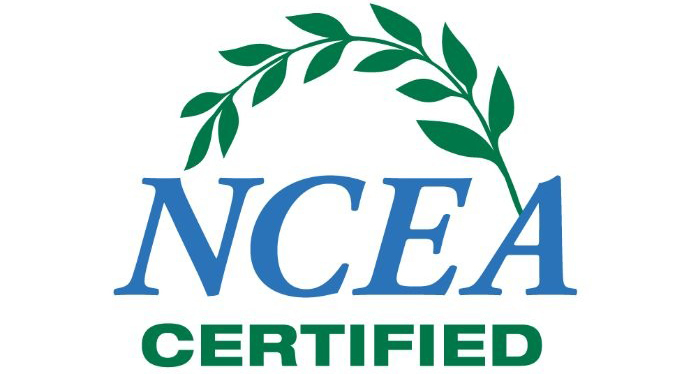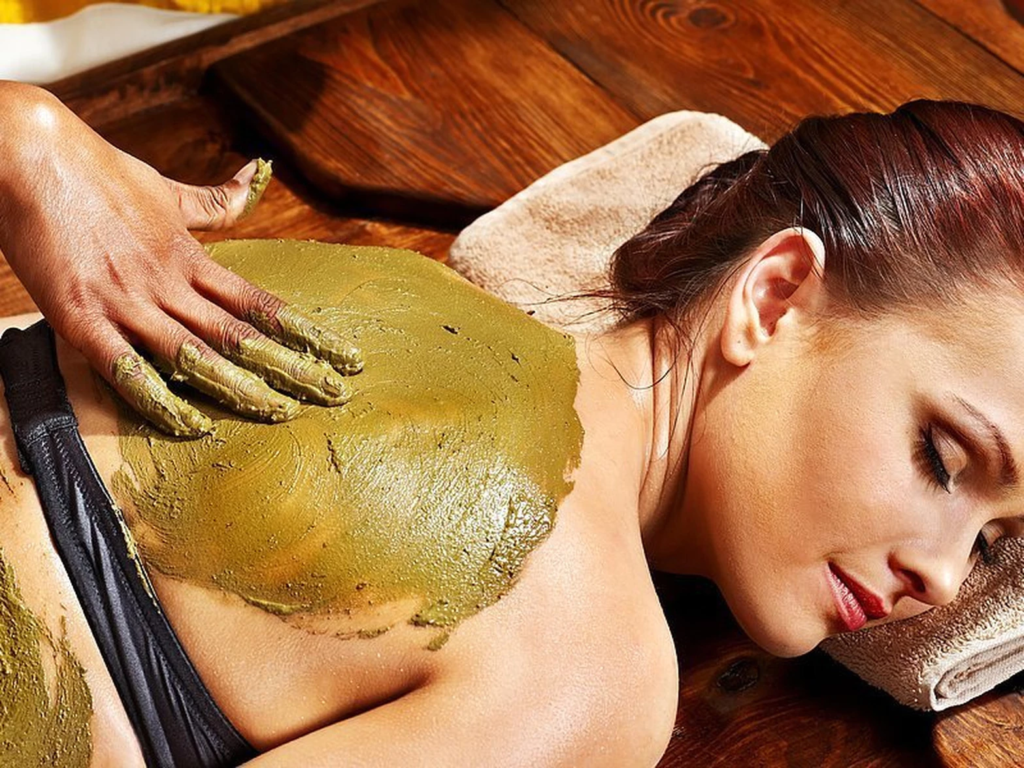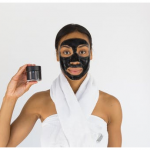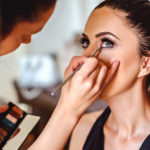HOW TO MAKE A CAREER IN SKINCARE WORK FOR YOU
The Esthetics industry has gone through many paradigm shifts in the last 30 years. From Beauticians to Estheticians, we’ve seen many changes in how skin care professionals do business. As the “goddesses of skin care,” Skin care professionals mostly help women (and some brave men) to clean, treat, refresh, rehydrate, and rejuvenate their skin.
They also do massage and use products like steam, milk, creams, and scrubs (and in some cases chemicals) as part of their treatments.

Skin care professionals also consult with clients on the topics of nutrition and well-being, which plays a major role in the condition of the skin.
Dehydrated skin, for example, may be indicative of not drinking enough water.
A good Esthetician often plays the role of a health and wellness consultant for many of their clients.
Given how important skin care is becoming, we wanted to get a clearer sense of the state of the industry – so we decided to go straight to the source.
We sat down with Susanne Warfield, President and Founder of the National Coalition of Estheticians Association (NCEA) for an in-depth scoop on the major trends happening in the Esthetics industry as of 2020.

Check out the full interview with Susanne Warfield on the PocketSuite Professional On The Go Podcast.

Our first question was personal and straightforward: How did Susanne get into the Esthetics industry?
Susanne: I always had an interest in skin care and started in high school as a Fashion 22 sales representative. (I’m from Canada)
My mom always made me wear sunscreen and a hat, although back in those days it was a paraben-based sunscreen, which we later learned was not great.
As the founder and president of the NCEA, we wanted to find out how and why the association was created in the first place.
It turns out, Susanne founded the NCEA back in January of 2000.
At the time, the American Academy of Dermatology’s (AAD) Allied Health Committee was looking to liaise with the skin care industry.
Ms. Warfield, a member of the AAD’s Allied Health Committee, was asked to form a coalition of over 30 associations representing skin care professionals in the United States.
The inaugural meeting was held on June 25th of 2000. 22 associations were represented. The National Coalition of Esthetics & Related Associations was formed.
It’s been almost 20 years since the association was formed. With such a strong background in the industry, we were curious why Estheticians (and skin care professionals in general) needed to be licensed to perform their services.
We asked Susanne why estheticians need to be licensed, and how much training is required to get licensed?

Susanne: Licensing is a way of assuring public safety that an individual has met competency standards to practice as required by the state.
On average in the United States, Esthetician training programs are around 600 hours. The master Esthetician license offered by 4 states is around 1200 hours, as is the National Esthetician Certification (NCEA Certification).
With such a vast array of potent creams, invasive extractors, sharp tweezers, and lancets, it’s no wonder Skin care professionals need a license to operate legally in the US.
It must be a complicated endeavour to get licensed as an Esthetician with so much industry-specific knowledge to learn and then be tested on.
We wanted to know if Estheticians work in the field while getting trained to make it easier when it’s time to pass their licensing test?
Susanne: In some states, they have apprentice / internship laws that allow for Esthetics students to work in an approved salon/spa for a percentage of the hours required by the state.
Also, most schools have school clinics / shops that students will work in (under teacher supervision) and consumers enjoy reduced pricing.
Intrigued by the benefits of being licensed, we wondered what is needed to help more aspiring estheticians get licensed and have a successful career?
Susanne shared some great advice for aspiring Estheticians:
Susanne: Government / School funding for loans [is needed] so that students can afford to go to school. A successful career is to never stop learning.
After state licensing, get your National Certification and take a COA-Approved continuing education course to stay current with technology, science, and ingredients.
Also, be involved with your National Association. Try to attend state board meetings (as part of the 10 Steps to Protect Yourself – found here).
Interested in getting an NCEA Certification?

HOW TO GET NCEA CERTIFIED
According to the NCEA website, it takes as little as 4 to 6 weeks to get certified.
If you don’t pass on your first try (by getting a score of 75% or higher), you must send a letter to the NCEA stating why you think you failed and what you have done to be better prepared to take the exam a second time. You will also have to pay a $375 fee.
If you live in Washington, Utah, Virginia, or the District of Columbia, you can take your licensing game to the next level by getting a Master Esthetician license to show prospective clients that you went above and beyond your state’s licensing requirements.
HOW MUCH MONEY CAN YOU MAKE AS AN ESTHETICIAN?
Including part-time Estheticians, you can make at minimum $30,000 per year.
Top Estheticians, on the other hand, can comfortably earn up to six figures.
The top Esthetician on PocketSuite is located in Texas and makes $276,000 per year. That’s over a quarter million per year – not bad at all!
Part time Estheticians (gigsters and hobbyists) typically focus on treatments that don’t require a lot of equipment such as facials and eyebrow waxing.
Professional Estheticians, on the other hand, require more space and equipment and will usually do additional procedures such as body scrubs, bikini waxing, steam facials, and extractions.

MEDSPAS
Medical Spas, or MedSpas for short, are another niche in the Esthetics industry that require a doctor to be present and supervising at the time of treatment.
These spas employ Estheticians that have additional medical training and specialize in more invasive treatments such as microdermabrasions, chemical peels, acne therapy, laser hair removal, and even botox.
DERMATOLOGISTS VS ESTHETICIANS
Have you ever wondered what the difference is between Dermatologists and Estheticians?
Dermatologists treat the skin, however the big difference lies in that dermatologists are doctors who treat specific skin conditions (as an example skin cancer). They are able to write prescriptions and perform surgery.
Estheticians, on the other hand, analyze your skin and perform holistic treatments such as facials, body wraps, extractions, and in some cases, aromatherapy.
It’s important for Estheticians to get additional certifications to work at a MedSpa so they can be trained in infection control, ingredients used in cosmetics, phases of wound healing, and use of devices such as microdermabrasion vacuums.
Even if Estheticians aren’t using microcurrents or lasers, it’s important that they have the knowledge in case their customers ask them about these treatments.
Next we’ll clear up some confusion about the two major associations in the Skin care world.
NCEA VS ASCP
The National Coalition of Estheticians Association (NCEA) differs from the Associated Skin Care Professionals (ASCP) organization.
The ASCP is an insurance provider. You can purchase insurance for your Esthetician practice and get member benefits.
The NCEA, on the other hand, has a mission to raise standards for Estheticians through national credentialing and continuing education accreditation.
We hope this article has shed some light on the state of the Esthetics industry.
Check out the full interview with Susanne Warfield on the PocketSuite Professional On The Go Podcast.
Like this article? You’ll love these articles:
- How and Why you Should Get your Esthetician License
- How to Get More Clients as an Esthetician on Yelp
- Our guide on how to generate leads for service businesses in 2022
- Our Frustrations with Square article





